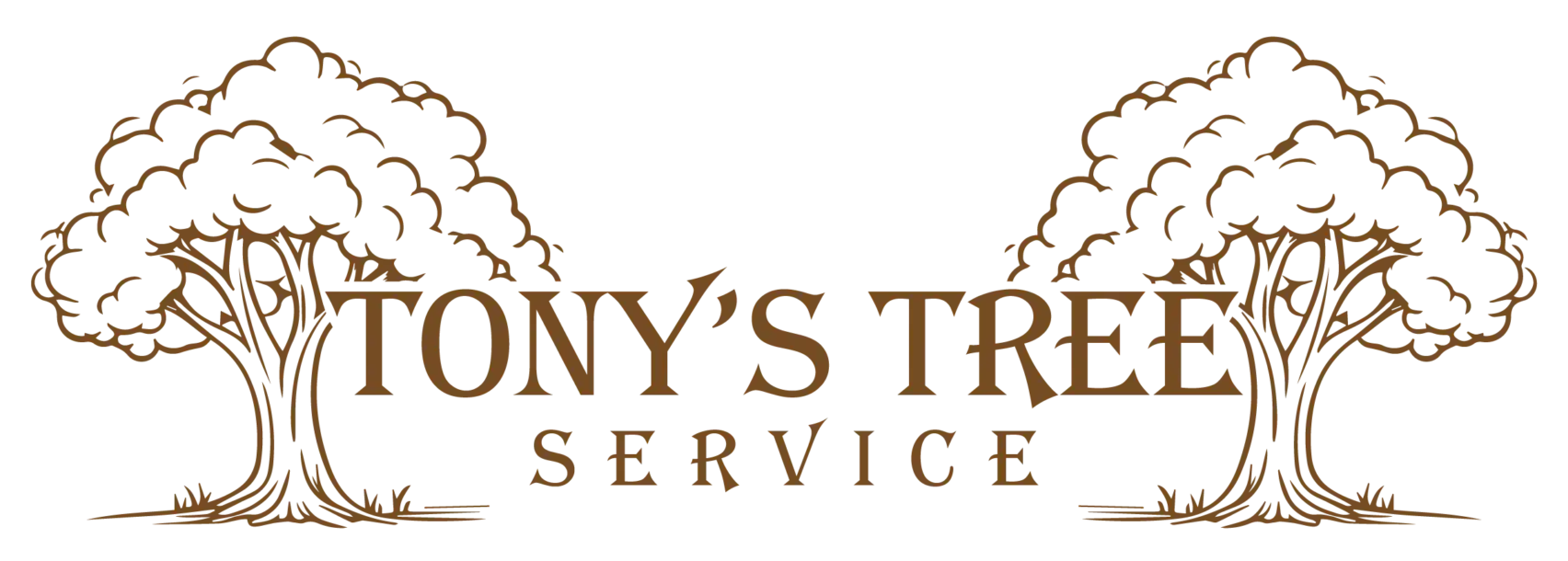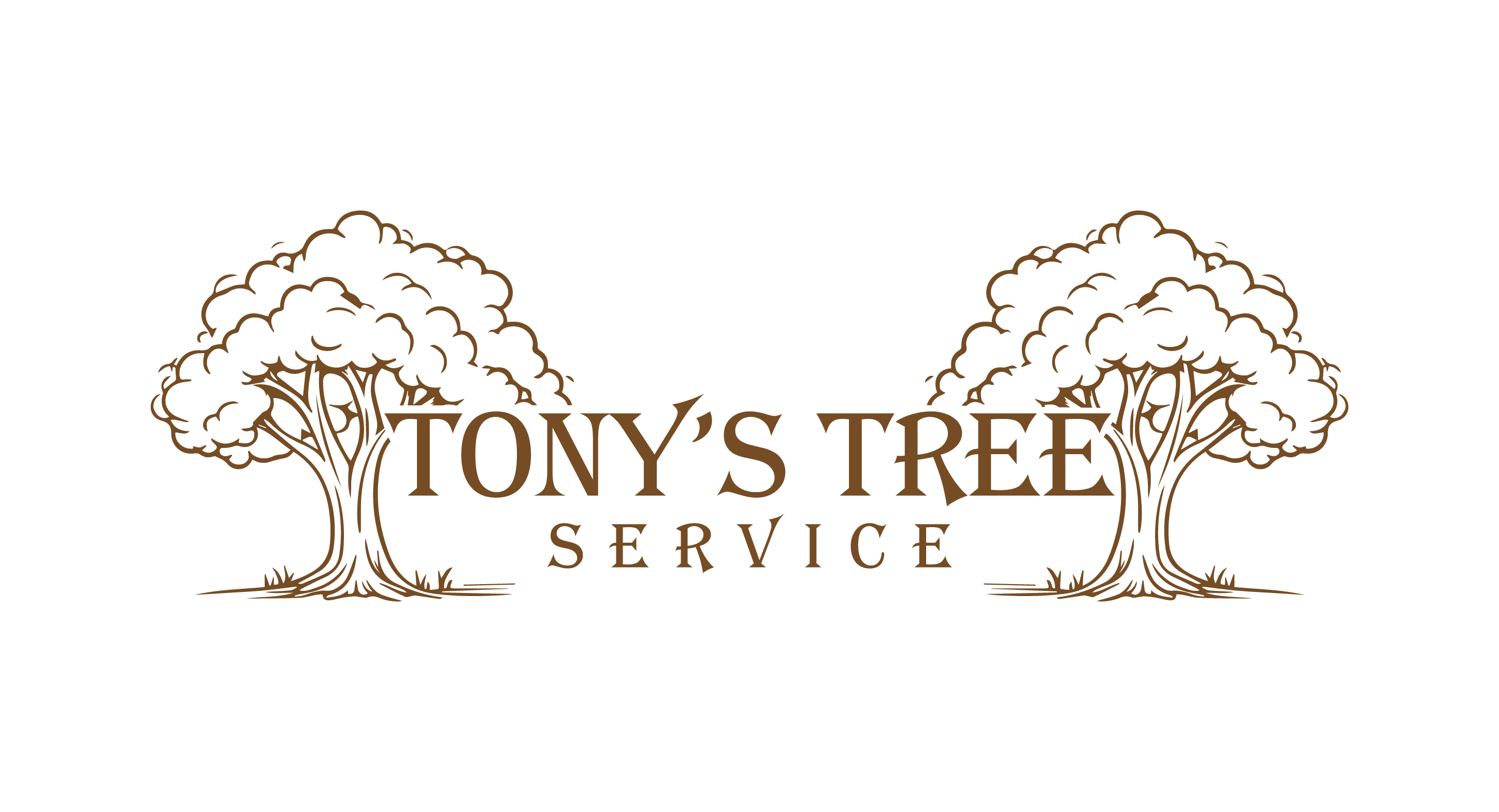How to Safely Trim Your Trees: A Comprehensive Guide
Tree trimming is essential for maintaining the health, aesthetics, and safety of your trees and property. Whether you’re an experienced gardener or a DIY enthusiast, knowing how to safely trim trees is crucial. This comprehensive guide will walk you through the process, providing valuable tree trimming safety tips and best practices for tree trimming.
Why Tree Trimming is Important
Proper tree trimming promotes healthy growth, prevents disease, and ensures that your trees remain structurally sound. Additionally, it enhances the beauty of your landscape and can even increase property value. However, tree trimming can be dangerous if not done correctly, so it’s vital to follow safe tree pruning techniques.
Preparing for Tree Trimming
Assessing Your Trees
Before you start, inspect your trees carefully. Look for dead or diseased branches, crossing branches, and areas where new growth is needed. Understanding your tree’s structure will help you determine where to make cuts.
Gathering the Right Tools
Having the proper tools is essential for safe and effective tree trimming. Here are some basics you’ll need
- Pruning shears for small branches
- Loppers for medium-sized branches
- A pruning saw for larger branches
- Safety gear including gloves, goggles, and a hard hat
Investing in high-quality tools not only makes the job easier but also safer.
Step-by-Step Guide
Plan Your Cuts
Decide which branches need to be removed. Focus on dead, damaged, or diseased branches first. Also, consider removing branches that cross or rub against each other.
Make Clean Cuts
Use sharp tools to make clean cuts. This helps the tree heal faster and reduces the risk of disease.
For branches that are too heavy, use the 3-cut method to prevent tearing the bark.
First Cut: Make an undercut about 12-18 inches from the trunk.
Second Cut: Make a top cut a few inches further out from the first cut.
Third Cut: Remove the remaining stub close to the trunk.
Work from the Top Down
Start trimming from the top of the tree and work your way down. This method helps maintain balance and prevents accidents.
Never Over-Trim
Removing too many branches can stress the tree. Aim to remove no more than 25% of the tree’s canopy at a time.
Safety Tips for DIY Tree Trimming
Check for Power Lines
Always look up before starting. If there are power lines near your tree, it’s best to call a professional.
Use a Stable Ladder
Make sure your ladder is on firm, level ground. Have someone hold the base if possible.
Don’t Trim Alone
Having a partner can help with handing tools, holding ladders, and calling for help in case of an emergency.
Timing Matters
The best time for tree trimming depends on the type of tree and your local climate. Generally, late winter or early spring is ideal because trees are dormant, making them less susceptible to disease and stress.
Know Your Tree
Different trees have different needs. For example
Fruit Trees: Regular pruning encourages better fruit production.
Evergreens: These need less frequent trimming, usually only to remove dead or diseased branches.
Professional Help
While DIY tree trimming can be rewarding, some jobs are best left to professionals. If a tree is too large or too close to power lines, calling a tree care expert is the safest option.
Common Mistakes to Avoid
Topping
Topping, or cutting off the top of the tree, is harmful and can lead to weak new growth. Instead, use crown reduction techniques to maintain the tree’s natural shape.
Over-Pruning
Removing too much foliage can starve the tree of nutrients. Always prune conservatively.
Using Dull Tools
Dull tools make rough cuts, which can harm the tree and promote disease. Keep your tools sharp and clean.
Conclusion
Learning how to safely trim trees is a valuable skill that benefits both your trees and your property. By following these tree trimming safety tips and safe tree pruning techniques, you can maintain healthy, beautiful trees while minimizing risks. Remember, when in doubt, it’s always wise to consult with a professional tree care service like Tony’s Tree Service to ensure the best results.
FAQs
What are the best practices for tree trimming?
The best practices for tree trimming include planning your cuts, using the right tools, working from the top down, and never removing more than 25% of the canopy at once.
How can I ensure my safety while trimming trees?
Ensure safety by checking for power lines, using a stable ladder, wearing safety gear, and having a partner assist you.
When is the best time to trim trees?
The best time to trim trees is during late winter or early spring when they are dormant.

